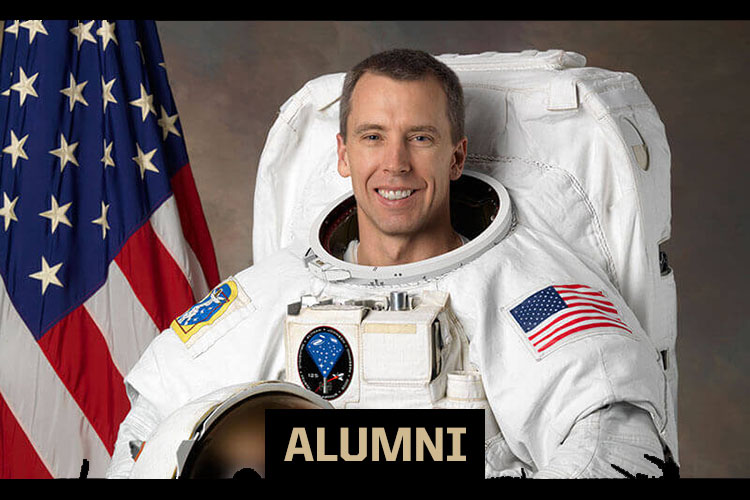News
Researchers unveil a groundbreaking clay-based solution to capture carbon dioxide and combat climate change
In a new study, researchers at Purdue University, in collaboration with experts from Sandia National Laboratories, have potentially uncovered a game-changing method for using clay to capture carbon dioxide (CO2) directly from the air to help mitigate climate change.
In 2025, Tornado Alley has become almost everything east of the Rockies − and it’s been a violent year
The Conversation — The U.S. has had more reported tornadoes than normal – over 960 as of May 22, according to the National Weather Service’s preliminary count. That’s well above the national average of around 660 tornadoes reported by that point over the past 15 years, and it’s similar to 2024 – the second-most active year over that same period. This article was written by EAPS's own Dr. Dan Chavas.
Fewer Sensors, Clearer Images: The Future of Seismic Research
Researchers at Purdue University have theorized a new way to see what lies beneath the Earth's surface. This innovative method, developed by Ph.D. student Sayan Mukherjee and Professor Yunyue Elita Li from the EAPS Department at Purdue University, could greatly enhance industries that require images of the subsurface, all while saving costs and boosting efficiency. Their work has been published in Geophysics.
Lunar meteorite discovery supports Purdue-led model of early Moon evolution
A rock that crash-landed on Earth has made lunar science history, and a Purdue scientist, Tabb Prissel, played a key role in modeling its formation history. For the first time, researchers have classified a whole-rock meteorite as a lunar norite (Arguin 002), an igneous lunar rock type primarily comprised of the minerals orthopyroxene and plagioclase feldspar.
Severe weather this spring is getting more severe, experts say
WLFD Fox 32 in Chicago — As storms become more severe, weather experts at Purdue University say improvements are being made to models to accurately predict when a storm is quickly approaching. "Something like our forecasts for two days into the future are actually now as good as our forecast just one day into the future that we used to make a couple of decades ago," said Dan Chavas.
All Departmental News



